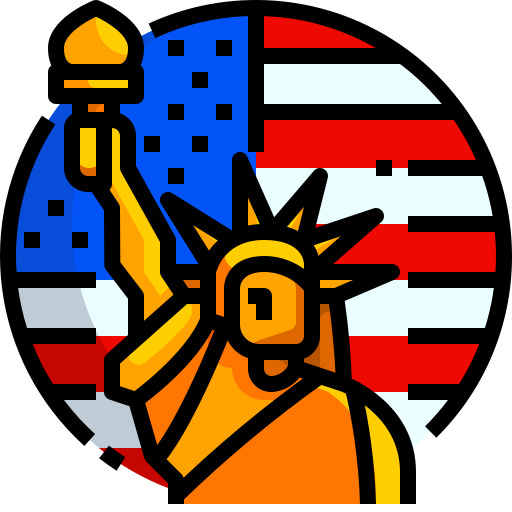"IT'S NOT A PROTEST ANYMORE, IT'S A WAR NOW"
Yes, yes, but where are the weapons? Unarmed Muktijoddhas are just peaceful student protesters. With some 400+ peaceful student protesters (some of whom are just school age kids) murdered, some were even brutally tortured like Abrar Fahad and then murdered. There has to be proper
THE R3SISTANC3? Is that what CIA/NSA hacking units now call themselves?
@Old School where are your currently serving/retired contacts? Muktijoddhas need weapons, training, and I think they can manage the funding aspect.
@Bilal9
@LeonBlack08





